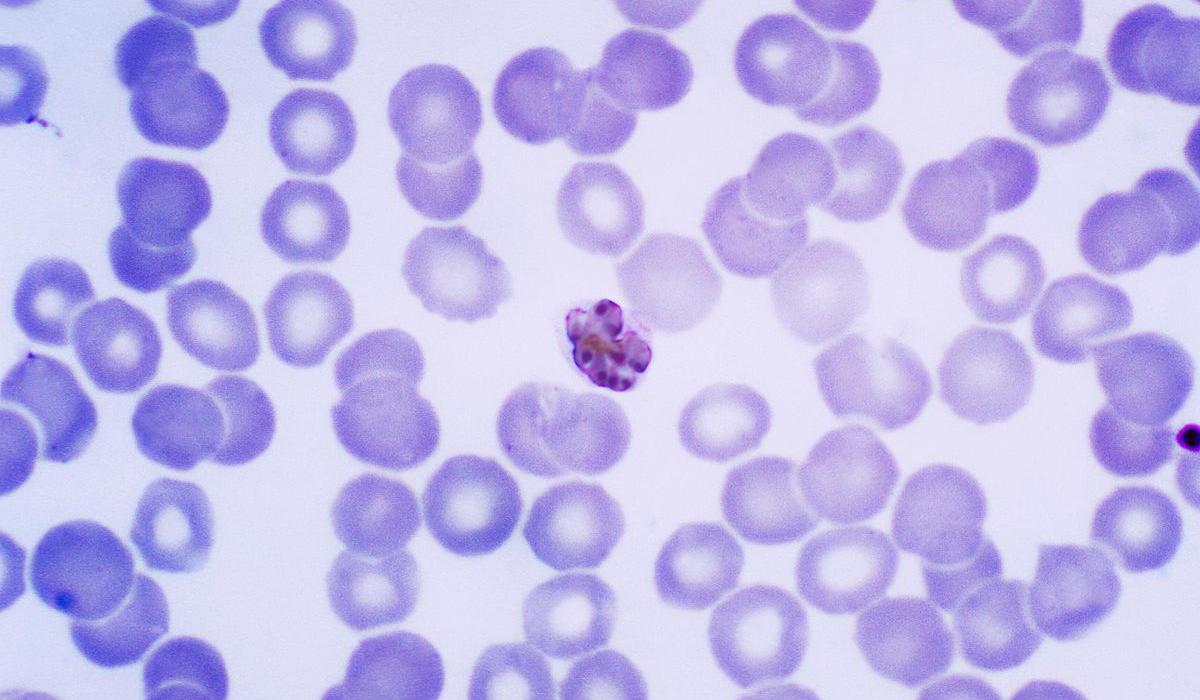
Rita Tewari
University of Nottingham, UK
Signal transduction pathways controlled by reversible protein phosphorylation (catalyzed by protein kinases (PKs) and protein phosphatases (PPs) in the malaria parasite Plasmodium are of great interest, for both better understanding of parasite developmental biology and identification of novel drug targets. We have systematically performed genome wide functional analysis of both the kinase and phosphatase gene family in Plasmodium to unravel their role in the parasite developmental pathway. These studies have revealed the functional clusters of kinases/phosphatases required for sexual development and sporogony. Overall, our two major studies identifies how kinase and phosphatases regulate parasite development and differentiation, provides a systematic functional analysis for all PKs/PPs in Plasmodium, and can inform identification of novel drug targets in malaria.
References:
1. Tewari R, Patzewitz EM, Poulin B, Stewart L, Baker DA. Development of a Transgenic Plasmodium berghei Line (Pbpfpkg) Expressing the P. falciparum cGMP-Dependent Protein Kinase, a Novel Antimalarial Drug Target. PLoS One. 2014 May 7;9(5):e96923. doi: 10.1371/
2. Patzewitz EM, Guttery DS, Poulin B, Ramakrishnan C, Ferguson DJ, Wall RJ, Brady D, Holder AA, Szöőr B,Tewari R. An ancient protein phosphatase, SHLP1, is critical to microneme development in Plasmodium ookinetes and parasite transmission. Cell Rep. 2013 Mar 28;3(3):622-9.
3. Guttery DS, Poulin B, Ferguson DJ, Szoor B, Wickstead B, Carroll PL, Ramakrishnan C, Brady D, Patzewitz EM, Strachil U, Solyakov L, Green JL, Sinden RE, Tobin AB, Holder AA, Tewari R. A Unique Protein Phosphatase with Kelch-Like Domains (PPKL) in Plasmodium Modulates Ookinete Differentiation, Motility and Invasion PLoS Pathog 2012 Sep;8(9):e1002948
4.Tewari R*, Straschi U, Bateman A, Böhme U, Cherevach I, Gong P, Pain A, Billker O*. The Systematic Functional Analysis of Malaria Protein Kinases Identifies Essential Regulators of Mosquito Transmission. Cell Host & Microbe 2010 Oct; 8(4) 377-87* joint corresponding authors
PRESENTED IN:
